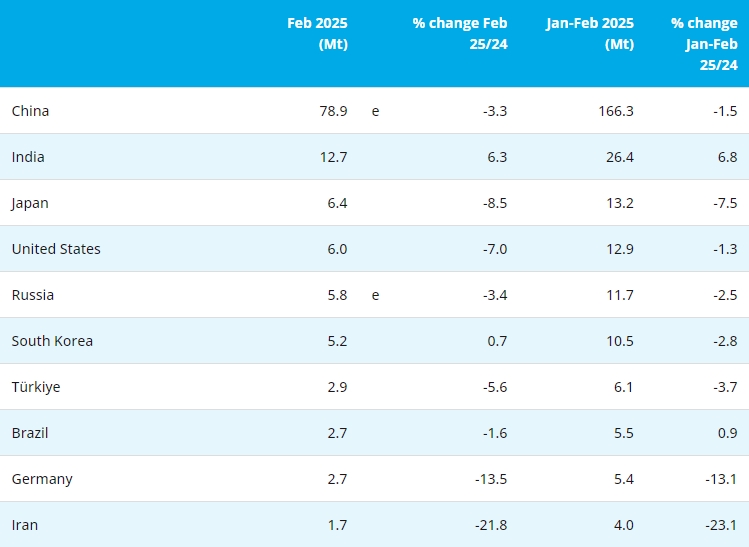Shieldalloy Metallurgical Corporation (SMC) ceased the production of alloy additives for the aluminum industry at its Newfield, New Jersey, facility on June 30, 2006. The company and its predecessors had manufactured products for the specialty metals industry at this location for more than 40 years. However, due to competitive pressures, the company could no longer continue to compete with its US produced products. SMC officials stated that, "over the past decade, international suppliers and producers have gained an advantage that has undermined pricing for SMC's domestically manufactured product, in part due to export credit programs in Asia."
SMC fully recognizes its obligations to the Borough of Newfield, its citizens and the environment. The company has a proven track record of dealing with legacy environmental issues on the site – for example, in April 2006, it spent $17.9 million to ensure the remediation of the site's non-radiological contamination. Groundwater remediation has been very successful and is in its final stages in accordance with a remedial plan approved by the United States Environmental Protection Agency (USEPA) and New Jersey Department of Environmental Protection (NJDEP) and overseen by USEPA. SMC and its subcontractors has also committed to spend $5.3 million in the near future to remediate metal contaminated soils and sediments at the site in an agreement reached with USEPA. SMC also holds in trust and in letters of credit the funds to remediate other environmental obligations.
SMC Newfield had manufactured specialty steel and super alloy additives, primary aluminum master alloys, metal carbides, powdered metals, and optical surfacing products. Raw materials used at the facility included ores which contained oxides of columbium (niobium), vanadium, aluminum metal, titanium metal, strontium metal, zirconium metal, and fluoride (titanium and boron) salts.
One of the raw materials received, used and stored by SMC at its Newfield facility contained naturally-occurring radioactivity, and was therefore classified as "source material" pursuant to Title 10, Code of Federal Regulations, Part 40. This material, called pyrochlore, is a concentrated columbium (niobium)-bearing ore. Pyrochlore contains greater than 0.05% of natural uranium and natural thorium, thus its possession and use is licensable in the United States.
During the use of this raw material and up until 2014 SMC was regulated by the US Nuclear Regulatory Commission (USNRC) License No. SMB-743, which when issued allowed for the possession, use, storage, transfer and disposal of source material ancillary to metallurgical operations. Since late 2014, and following New Jersey becoming an ‘Agreement State’ with USNCR, SMC has been regulated by NJDEP under license no. 517488 – RAD 100001.
Because metallurgical operations with pyrochlore have permanently ceased, SMC must now decommission the facility. SMC had been working with USNRC on the preparation of a decommissioning plan up until the time regulatory authority was transferred. Now SMC is regulated by NJDEP it is working closely with that agency to prepare a new decommissioning plan.
Because the NJDEP regulations are different from those of the USNRC the decommissioning methodology is also different. SMC is currently working with NJDEP to prepare a plan that meets the DEP’s expectations. This plan will propose removing all of the radioactive slag from the Newfield site for either beneficial reuse or disposal outside of the State of New Jersey.
- [Editor:Phillip.Feng]

/E鐵合金企業(yè)庫(kù)4.jpg)

 Save
Save Print
Print Daily News
Daily News Research
Research Magazine
Magazine Company Database
Company Database Customized Database
Customized Database Conferences
Conferences Advertisement
Advertisement Trade
Trade








?bào)/2024/QQ截圖20250402170922.png)
?bào)/2024/微信圖片_20250328161757.jpg)


 Online inquiry
Online inquiry Contact
Contact

Tell Us What You Think